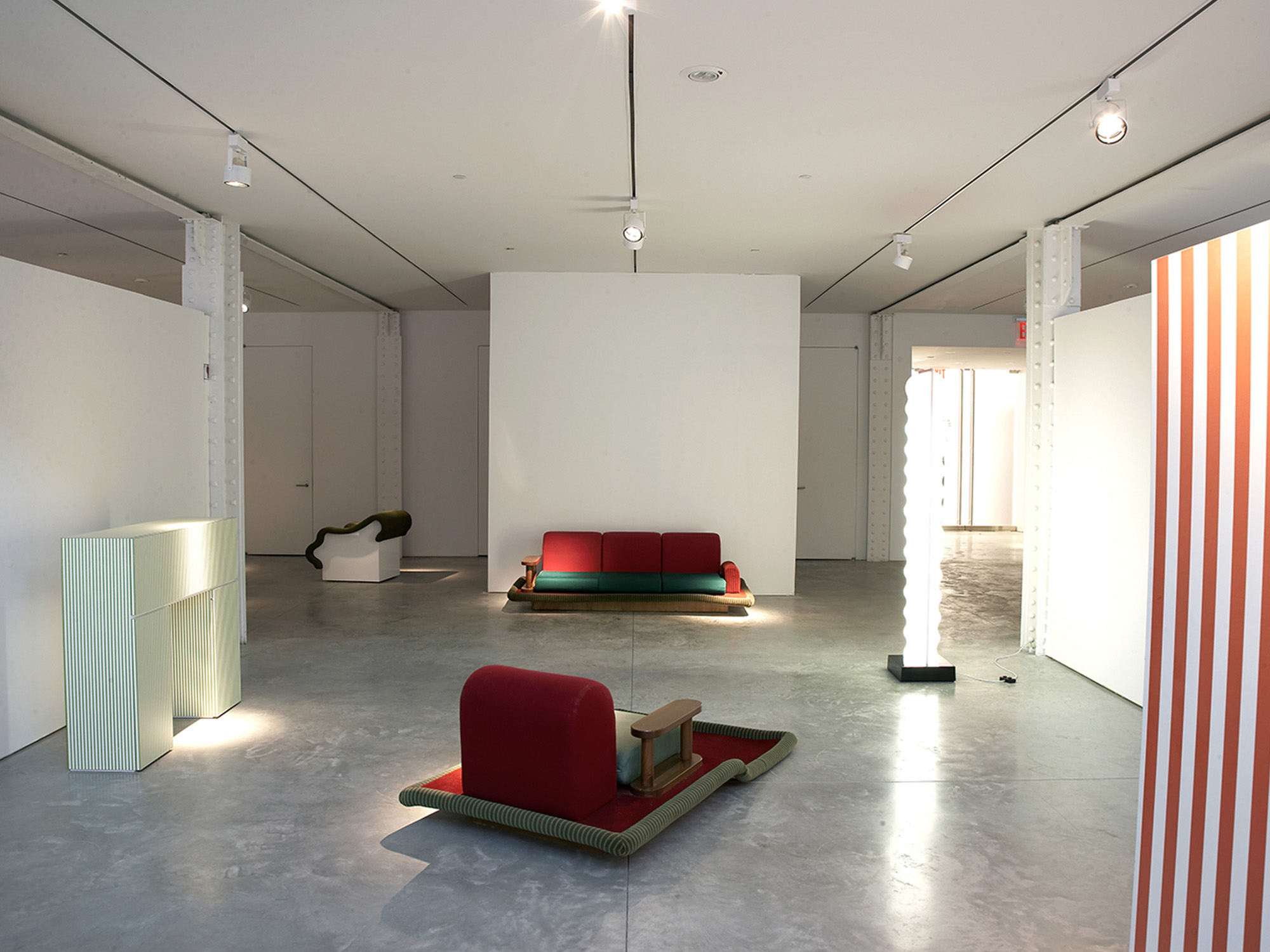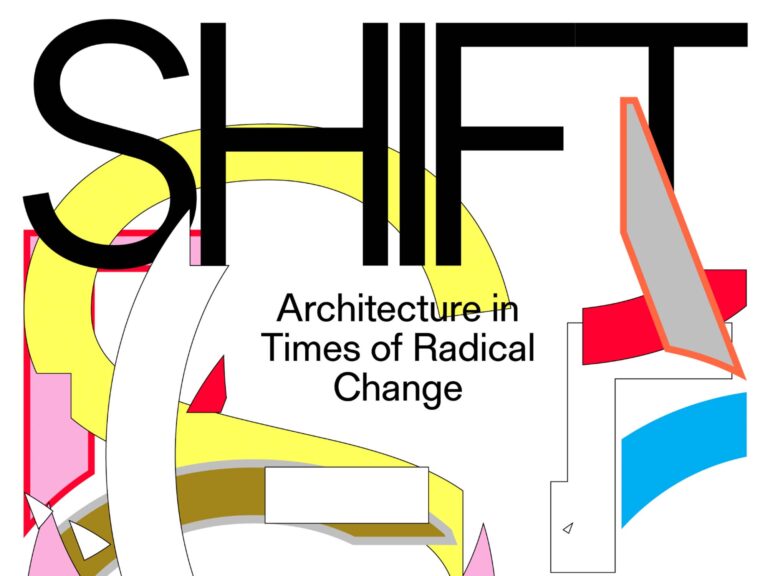Friedman Benda gallery presents Archetypes, the second in a cycle of exhibitions devoted to the investigation of the limited edition and rare work of Ettore Sottsass (1917-2007) in all its complexity and historical relevance.
Archetypes features glass, marble, and furniture made from 1965-1995. Many of the works will be on view for the first time outside European Museums, and many have never been seen in a commercial context before.
This exhibition will reflect Sottsass’ broad-based investigation of the essential attributes, or archetypal forms, patterns and structures that convey universal ideas and explore the rituals of daily life. This quest underlies the myriad of domestic objects, volumes of photography, and architectural projects Sottsass created throughout his extensive working life.
The exhibition will include a number of iconic and metaphorical works including the well known Neferiti ti desk (1968), first shown in the 1972 MoMA exhibition, Italy: The New Domestic Landscape, a Superbox cabinet (1968) and the rare Flying Carpe t Armchair (1972). Experimental works from the later 1970s, including Le Strutture Tremano side table (1979) which he created for Studio Alchimia, will be on view and for the first time in America, a group of bookcases and rarely seen glass sculptures from the early 1990s will be shown in the context of the earlier work.
For Sottsass, creating a lexicon of design that incorporated emotive, sensorial and humanist concerns was a rebellion against post-war rationalist architecture that valued function over form, and left human nature out of the architectural equation. He was moved by the subjective gesture of American abstract expressionist painting and the direct resonance of pop art. He also looked to ancient eastern cultures for examples of how to create a spiritual connection between form and meaning. The nature of his research varies from pieces to piece, at times social or psychological, often balancing popular images with esoteric, evoking Jungian memories or looking to provoke primordial reactions. Always counterintuitive and built on complex though-patterns, the notion that a functional object could communicate an abstract idea was groundbreaking and has emboldened legions of designers today.
Expressing this idea in 1972 while preparing a group of work for what was to become a seminal exhibition at the Museum of Modern Art, Sottsass wrote “the aim of the project was not to achieve a product, but to state and provoke ideas. I wasn’t in the least concerned with making furniture, or an elegant, ‘cute,’ sweet, or amusing environment, and still less was I concerned with designing within this psychic and cultural status quo.”
The works included in Archetypes, are visceral and rife with contradiction, and reflect the mind that created them. Ultimately, the exhibition is about moments—not the culminating public moments of the Valentine typewriter or the Memphis design movement, but moments represented by works that express the ideology and language that guided Sottsass during his 60-year career. As R. Craig Miller, Curator of Design Arts at the Indianapolis Museum of Art has written, “To be fair, artists of Sottsass’ magnitude can never be defined. Each generation – and succeeding century – will find yet another aspect that resonates anew.”










